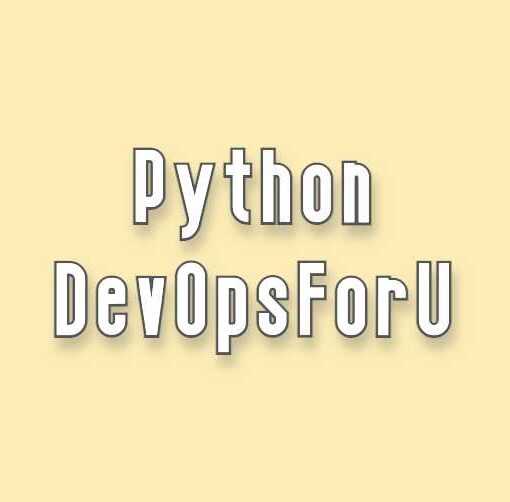In Python, a data type is a classification of types of data that determine the possible values for that type, and the operations that can be performed on it.
Python has several built-in data types, including:
- int (integers): positive or negative whole numbers, such as 1, 0, or -5
- float (floating-point numbers): numbers with decimal points, such as 3.14 or -0.01
- complex (complex numbers): numbers with real and imaginary parts, such as 3 + 4j or 0.001 – 1j
- bool (Booleans): values that are either True or False
- str (strings): sequences of characters, such as “Hello” or “Goodbye”
- Sequence
In addition to these built-in data types, Python also allows you to define your own data types using classes.
You can check the data type of a value in Python using the type function. For example:
x = 5
print(type(x)) # Output: <class 'int'>
y = 3.14
print(type(y)) # Output: <class 'float'>
z = "Hello"
print(type(z)) # Output: <class 'str'>In Python, a sequence is an ordered collection of objects. There are several built-in sequence types in Python, including lists, tuples, and range objects.
1. Lists are one of the most commonly used sequence types in Python. They are defined using square brackets ([]) and can contain elements of any data type, including other lists. Lists are mutable, which means you can change their contents by adding, deleting, or modifying elements. Here’s an example of a list:
list1 = [1, 2, 3, 4, 5]
print(list1) # Output: [1, 2, 3, 4, 5]
list2 = ["a", "b", "c", "d"]
print(list2) # Output: ["a", "b", "c", "d"]
list3 = [1, "a", 3.14, ["x", "y", "z"]]
print(list3) # Output: [1, "a", 3.14, ["x", "y", "z"]]2. Tuples are another built-in sequence type in Python. They are similar to lists but are immutable, which means that you cannot change their contents once they are created. Tuples are defined using parentheses (()) and can contain elements of any data type. Here’s an example of a tuple:
tuple1 = (1, 2, 3, 4, 5)
print(tuple1) # Output: (1, 2, 3, 4, 5)
tuple2 = ("a", "b", "c", "d")
print(tuple2) # Output: ("a", "b", "c", "d")
tuple3 = (1, "a", 3.14, ("x", "y", "z"))
print(tuple3) # Output: (1, "a", 3.14, ("x", "y", "z"))3. Range objects are another built-in sequence type in Python. They represent a range of integers and are often used for loops. Range objects are created using the range() function, which takes three arguments: start, stop, and step. The start argument is the first number in the range, the stop argument is the number that the range ends just before, and the step argument is the number by which the range increments. If not specified, the start argument defaults to 0 and the step argument defaults to 1. Here’s an example of a range object:
range1 = range(5)
print(range1) # Output: range(0, 5)
range2 = range(2, 8)
print(range2) # Output: range(2, 8)
range3 = range(1, 10, 2)
print(range3) # Output: range(1, 10, 2)
range4 = range(10, 1, -2)
print(range4) # Output: range(10, 1, -2)It’s important to use the correct data type for your variables, as different data types have different behaviors and support different operations. For example, you can’t perform mathematical operations on a string like you can with a number.
This article is created based on experience but If you discover any corrections or enhancements, please write a comment in the comment section or email us at contribute@devopsforu.com. You can also reach out to us from Contact-Us Page.
For more information please visit python.org
Follow us on LinkedIn for updates!





